Thanks for visiting IU Stories
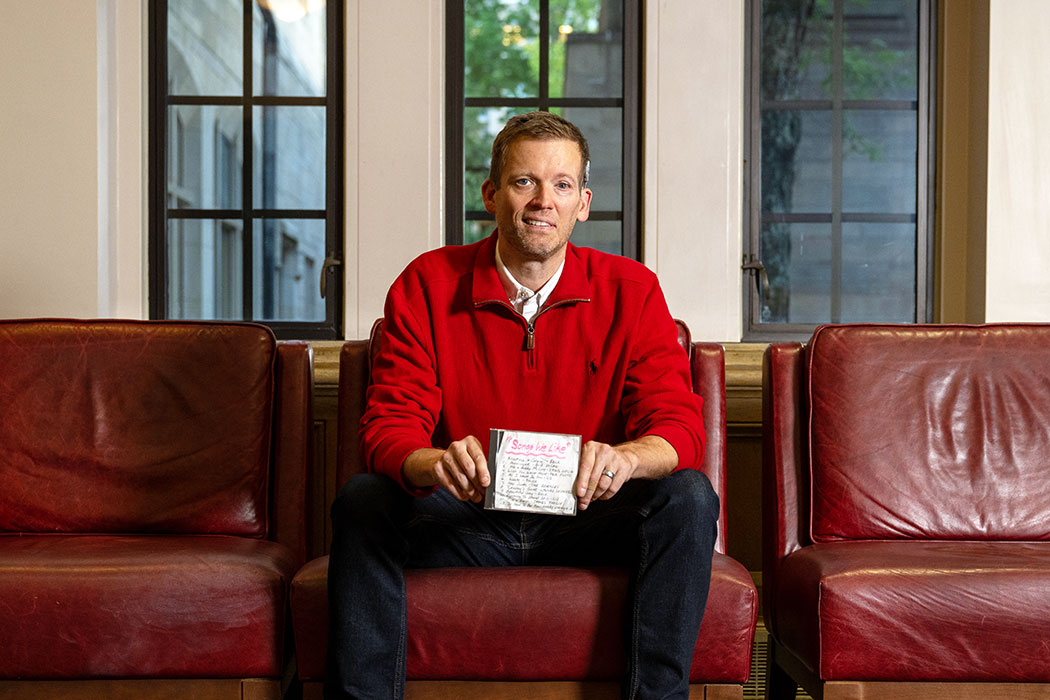
Sound Connection
The story of alumnus Matt Hay’s battle to regain his hearing weaves technology, persistence, music, and love.

Photographic Memory: Justin Carney Explores How Grief Affects Families
The images created by artist Justin A. Carney, MFA’24, have a distressed, ghostlike quality. “All of my work surrounds and deals with grief,” he says.

Favorite IU Foods
From pizza and burgers to ice cream and Sugar & Spice favorites, all the major food groups are covered.
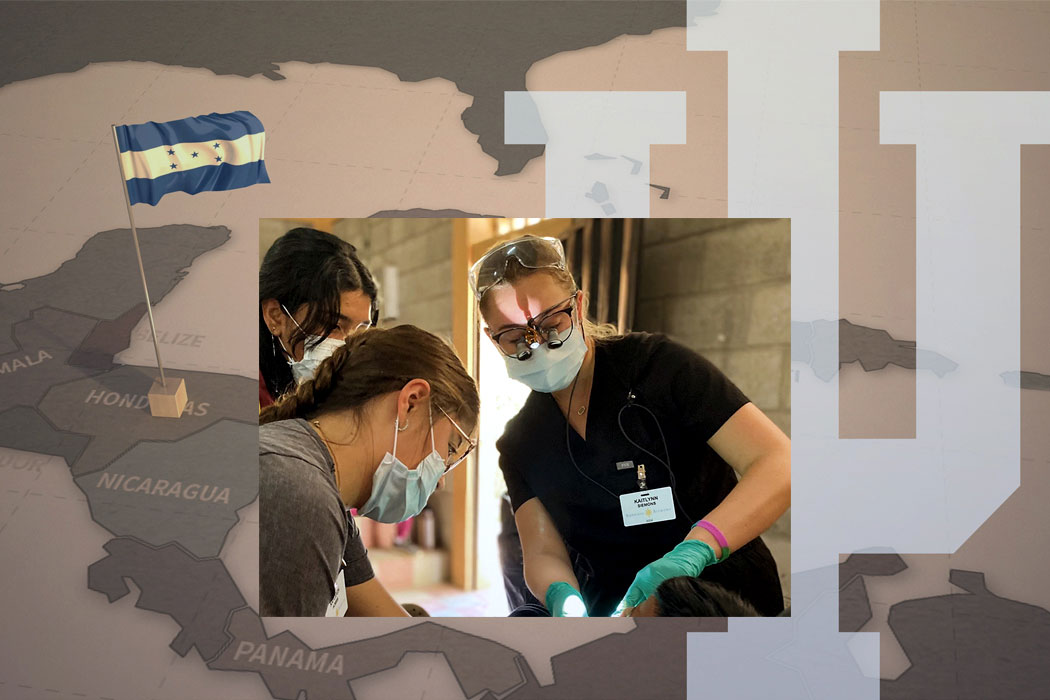
A Dental Mission to Save Smiles and Lives in Honduras
IU students serve communities abroad, bring lessons home.
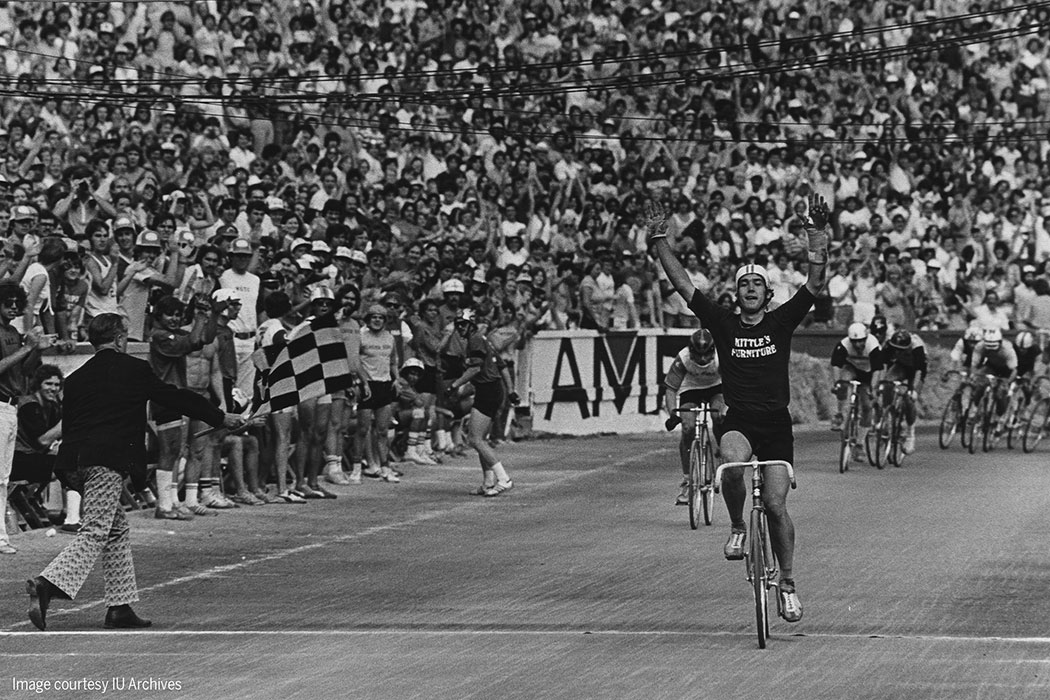
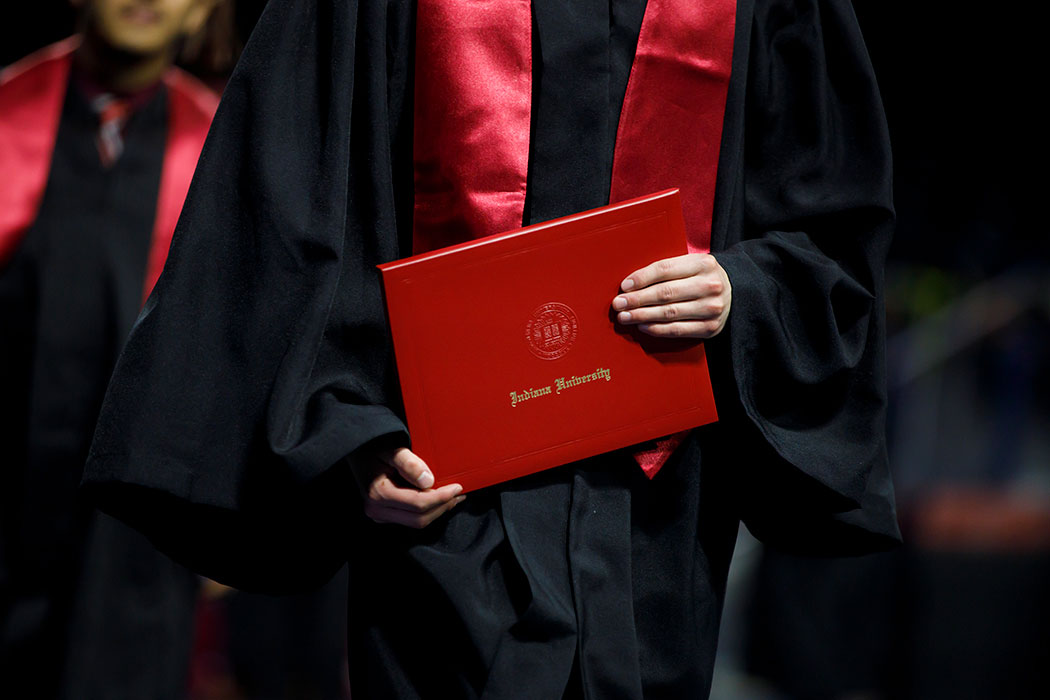
IU Scholarship Recipients Ready to Pay It Forward
Meet 9 students and recent alumni who are poised to make a difference in the world.

First 90 Days: Advice For New Managers
Kim Van Lue, MBA’06—founder and CEO of NorthSpring Leadership Consulting—shares her tips for navigating the first 90 days as a new manager.
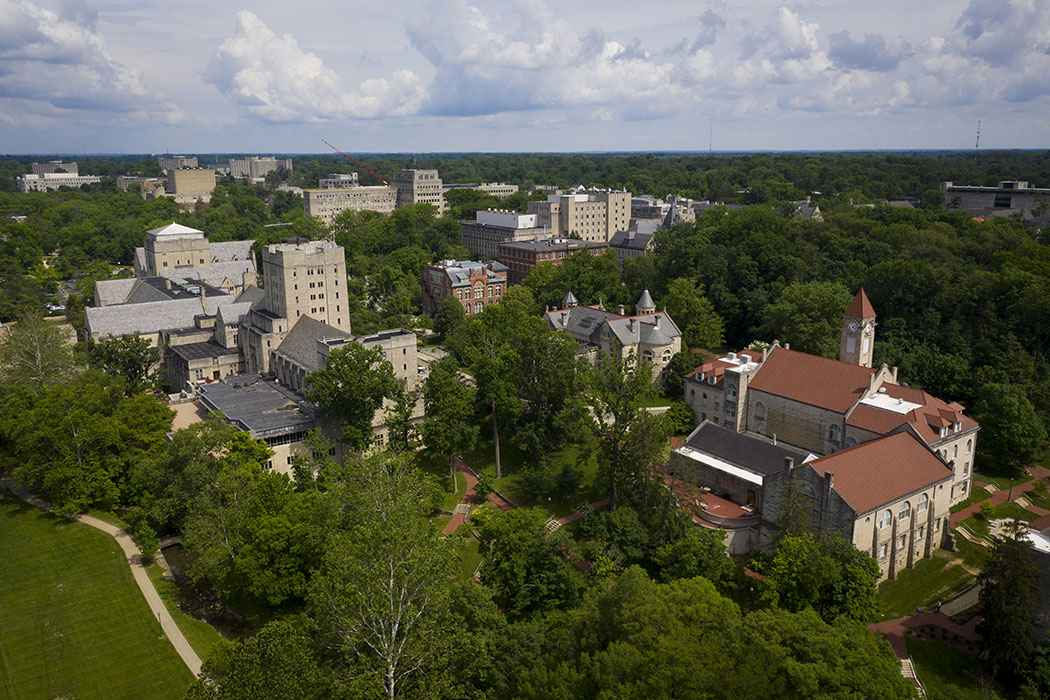
Tour IU’s Iconic Campus
With its limestone architecture and natural beauty, Indiana University’s Bloomington campus is one of the most beautiful colleges in the U.S. Take a stroll through these iconic spots, each a part of the backdrop of IU’s long tradition of excellence.

Deanna Fry’s Rise in Broadcast Journalism is Defined By a Sense of Humanity and Justice
Deanna Fry, BAJ’06, is the senior broadcast producer of the BET and CBS News newsmagazine show "America in Black."
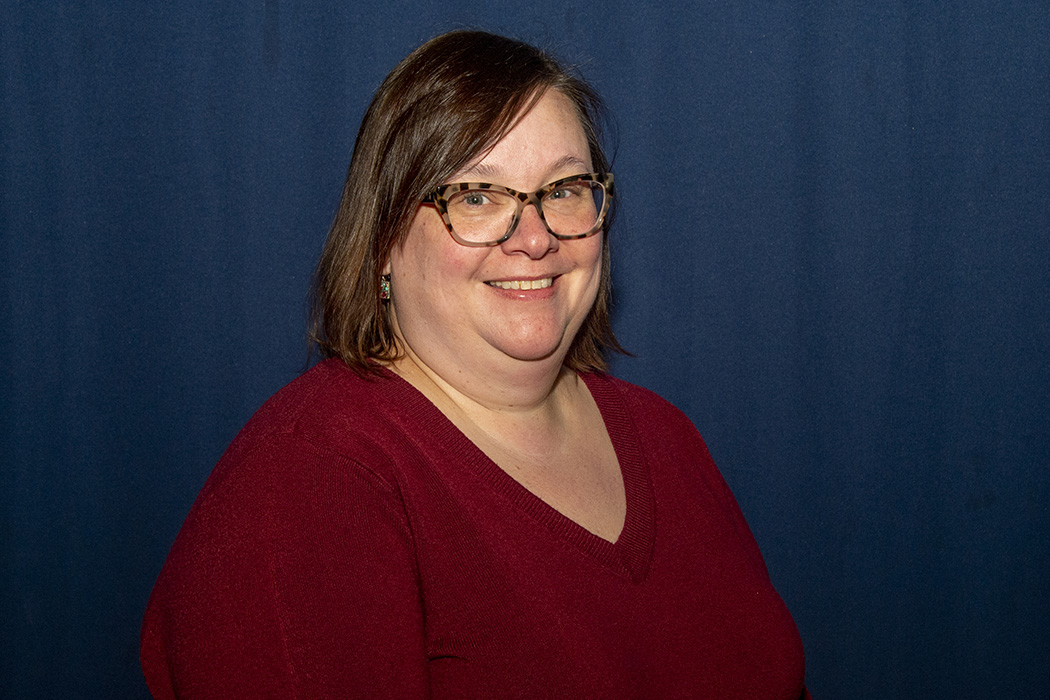
Two-Time IU Alumna Jennifer Root Named to Growing Michigan Together Council
In 2023, Michigan Gov. Gretchen Whitmer appointed Jennifer Root, BA’01, JD’04, to the Growing Michigan Together Council.

Finals Week Chronicles
From a massive snowball fight to a mid-exam evacuation to a “victory cigar,” these stories truly capture the uniqueness of finals week at IU.

Taylor 101: Dispatches from the World’s First Taylor Swift Conference
IU hosted the first-ever academic conference focused on superstar Taylor Swift’s music and influence—and it was a glittering success.

Michael Koryta’s Lost Man’s Lane is a ‘Love Letter’ to Bloomington
“Lost Man’s Lane,” a supernatural thriller by Michael Koryta, BA’06, and set in Bloomington, was published in March 2024.

Working Big: Muralists Rafael Caro and Erica Parker Beautify Cities with Spray Paint
Husband and wife Rafael Caro, BFA’20, and Erica Parker, BFA’16, have been creating graffiti-style murals across Indianapolis since 2016.
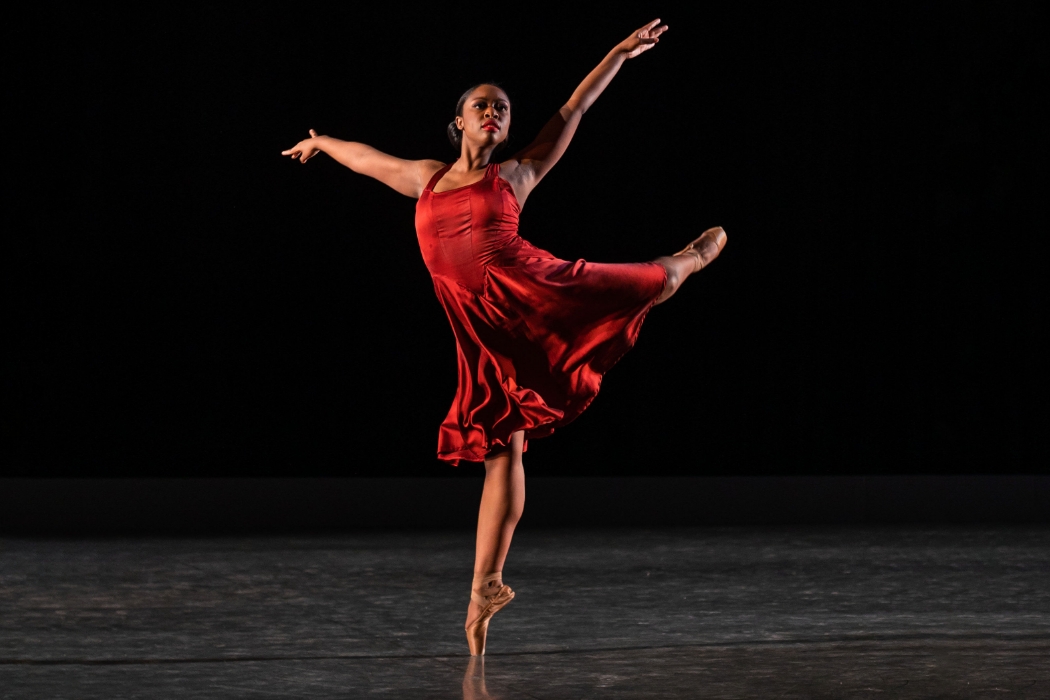
Imani Sailers: Destined to Dance
Imani Sailers, BS'17, joined Nashville Ballet—the largest professional dance company in Tennessee—which she joined in 2017. Sailers was promoted to company dancer in 2019.

IU Alumni Artwork Displayed in Museums Around the World
The seven alumni artists profiled in this story have exhibited work across mediums in museums around the world. Take a look.
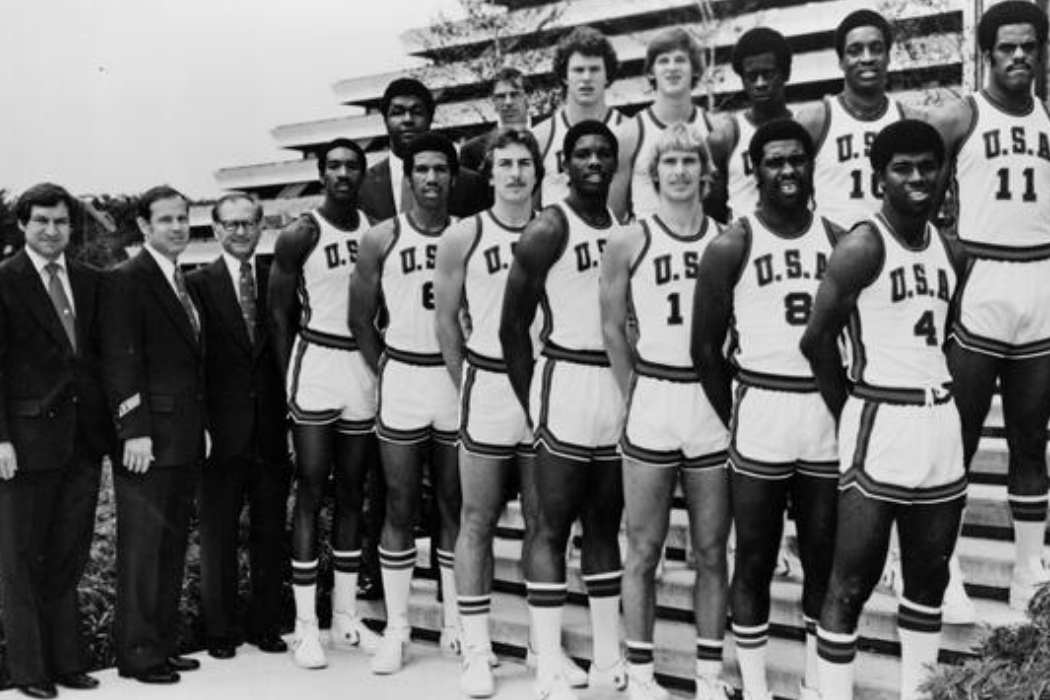
History of IU Gold in the Olympics
Indiana University has a long history of producing Olympic athletes. IU’s world-class athletes have collectively earned more than 100 medals in sports such as swimming and diving, basketball, and soccer. These are the alumni who have won Olympic gold

Sound Judgment: Laura Sisk a Swift Staple
A skim of the credits of Taylor Swift’s last eight albums will reveal a common phrase: “Vocals recorded by Laura Sisk.”

Get the Gig: 4 Steps to a Better Job Search
Mike Schmeckebier, BS’00, MS’05, a career coach and lecturer at the Kelley School of Business, wants you to take control of your job search.
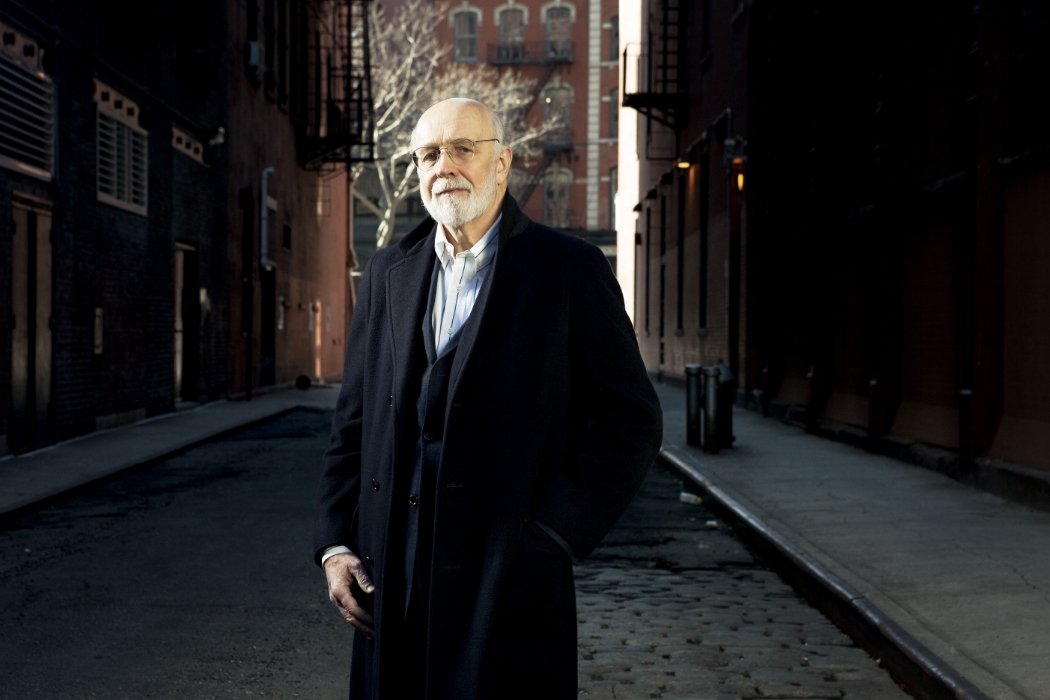
TUMI and Roam Co-Founder Charlie Clifford Changed the Luggage Game (Twice)
Premium luggage mogul Charlie Clifford, BA’65, MBA’67, founded TUMI in 1975 and his customizable luggage brand, Roam, in 2017.
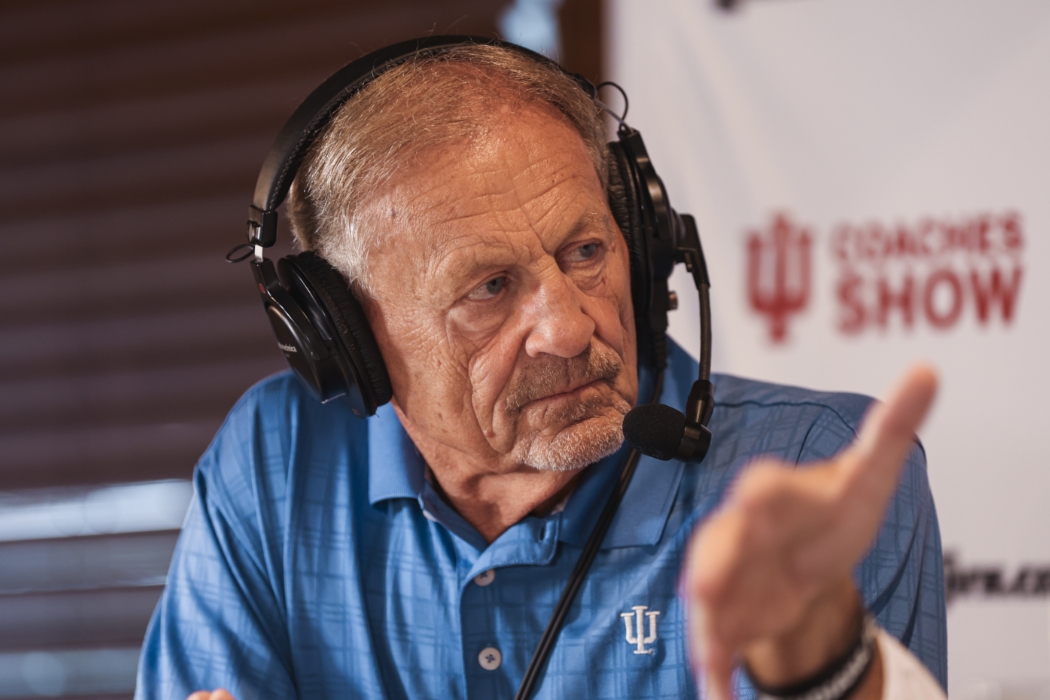
Don Fischer: Voice of the Indiana Hoosiers
Don Fischer has been calling IU football and men’s basketball games for more than 50 years as the school’s official play-by-play announcer.
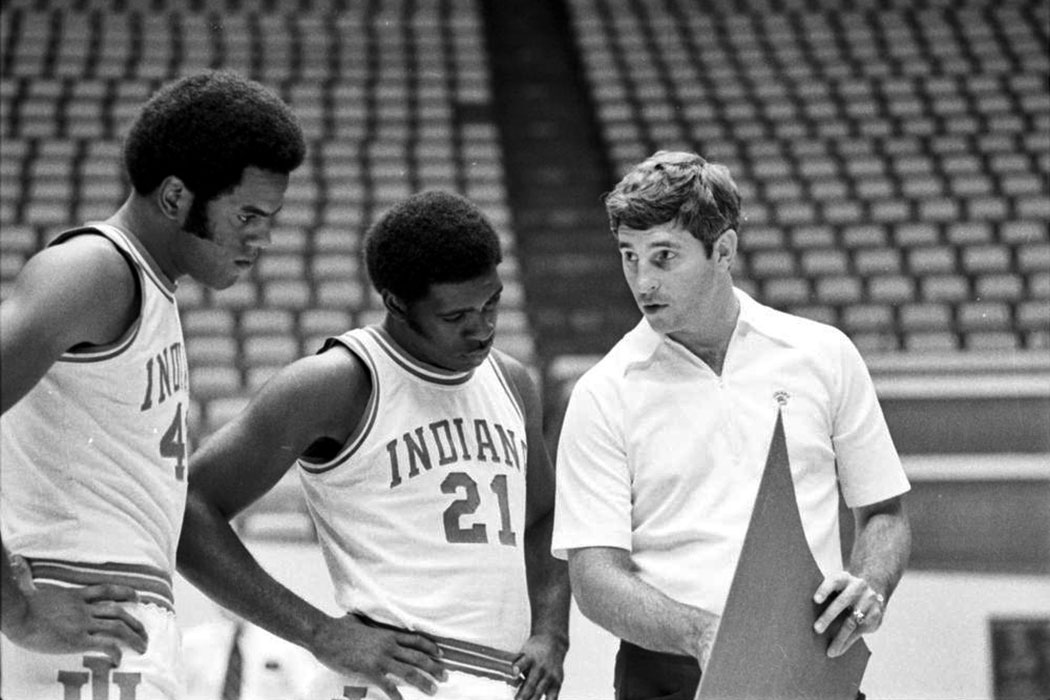
Legendary Loss
Bob Knight, the legendary and often controversial former Hoosier men’s basketball head coach, died Nov. 1, 2023. He was 83.
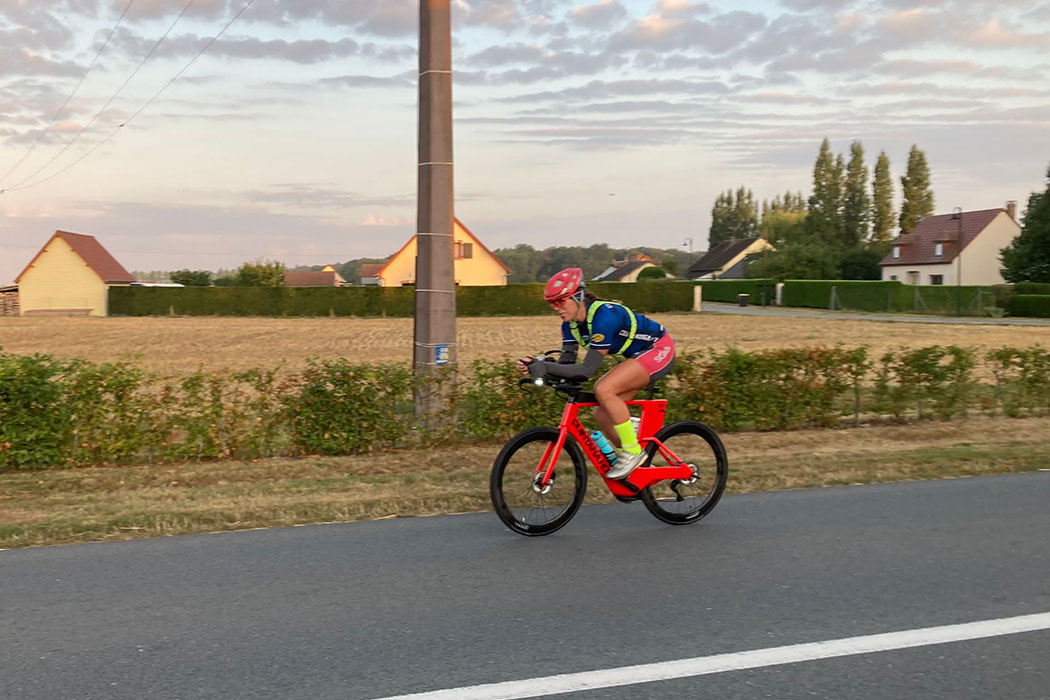
Triathlete Jenny Smith Reflects on One of the World’s Toughest Events and Surviving a Shark Encounter
Only 53 athletes in the world have successfully completed the Enduroman Arch 2 Arc challenge—Jenny (Johnson) Smith, BS’99, is one of them.

Katy O’Brian Shares Her Acting Secrets
Katy O’Brian, BA’11, is a Los Angeles-based actor who has made appearances in The CW’s “Black Lightning” and Disney’s “The Mandalorian.”

Out in the Heartland
Through scholarships and community, Indiana University and its alumni are determined to support LGBTQ+ students.
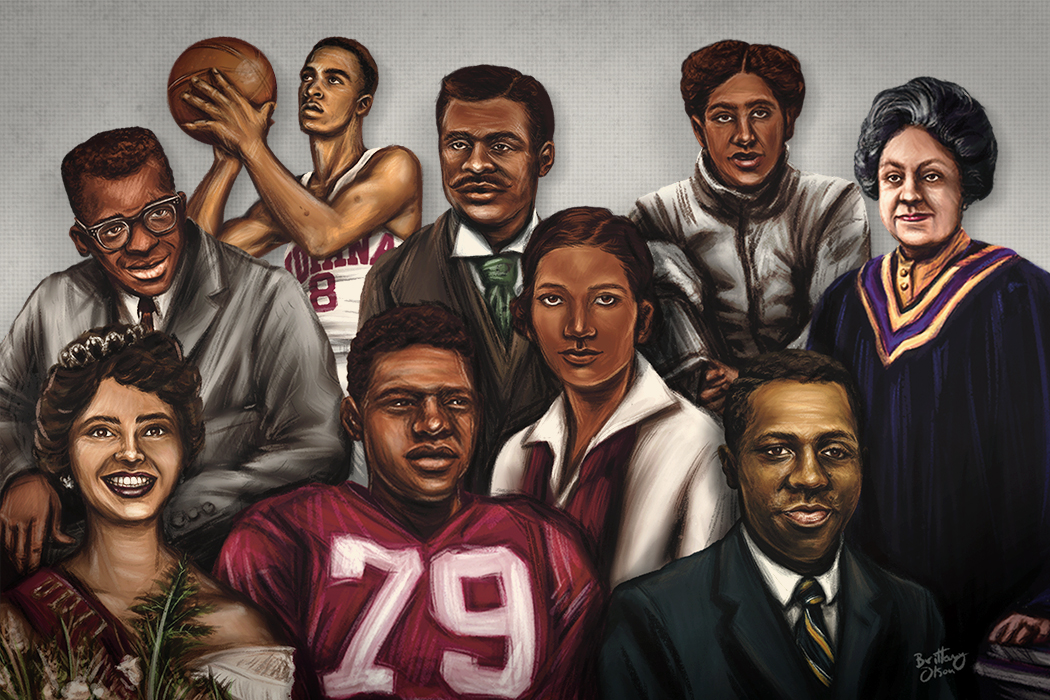
IU’s Black History Makers
Peer into the lives of 12 alumni whose “firsts” made a lasting impact on IU, the Bloomington community, and beyond.

11 of the Most Unique Gifts Ever Given to IU
The IU family is incredibly generous. And that generosity comes in many forms: time, talent, and treasure. Here are just a few of the treasures.
About
IU has incredible stories to tell. IU Stories is where we tell them.
Stories that bring the IU experience to you through words, photos, and videos. Stories that showcase pioneering scholars in action, groundbreaking research at work, and IU students and alumni making their marks on the world. IU Stories is a home for “tried and true” IU spirit.
Of, by, and for IU alumni and friends, IU Stories are shared through a collaboration of the Indiana University Alumni Association and the Indiana University Foundation.
Look around. Discover something you didn’t know about IU. Pick up a few pointers from IU experts.
IU Stories is your connection to the university you love.
Contact the editors
We’d love to hear from you! Tell us how we’re doing. Suggest a story. Ask a question. Email: prideiu@iu.edu